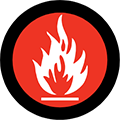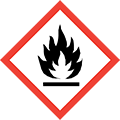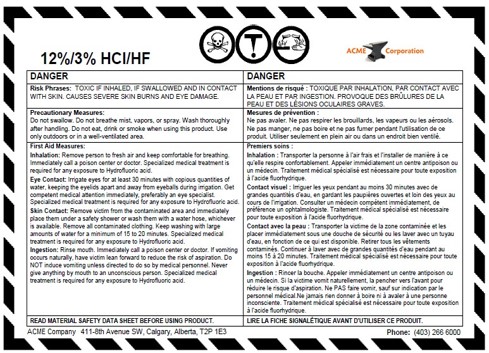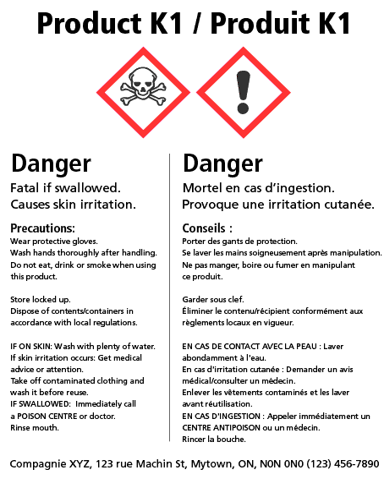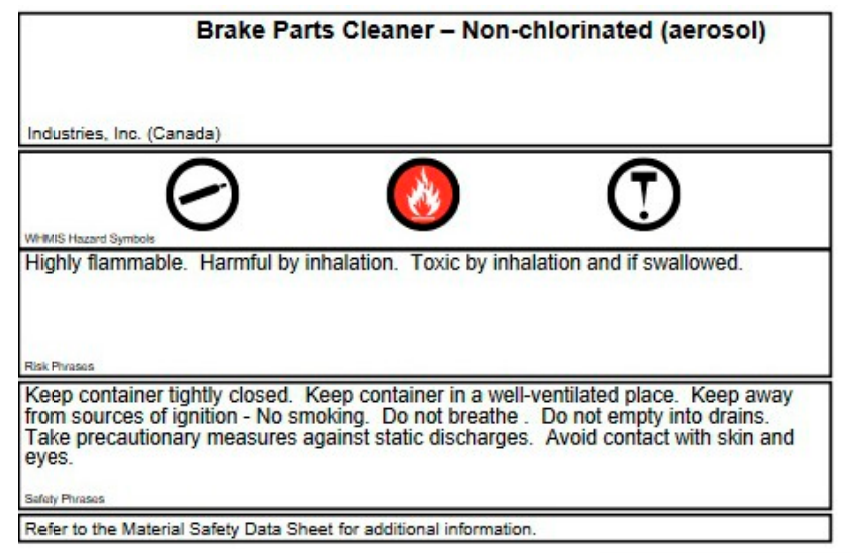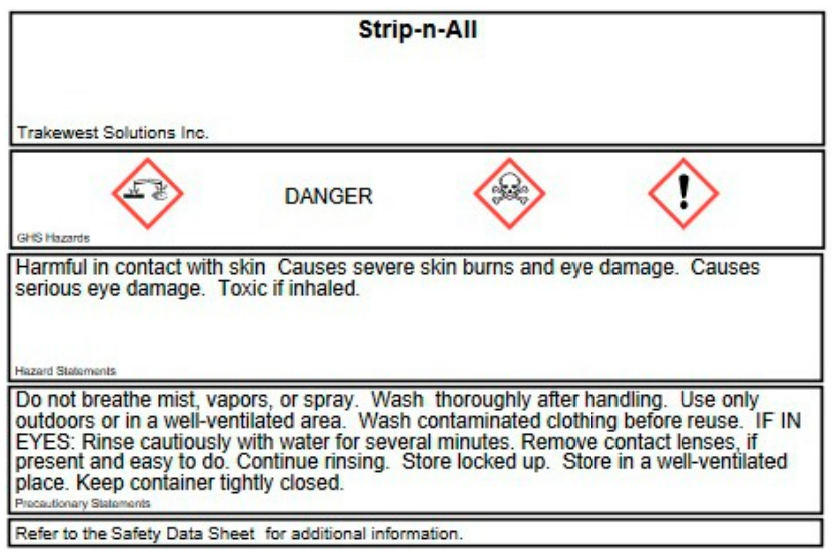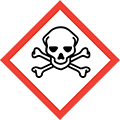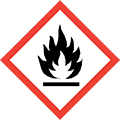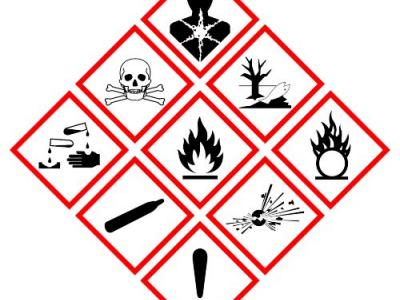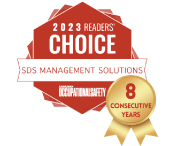What is the difference between WHMIS 1988 MSDS & WHMIS 2015 SDS Formats
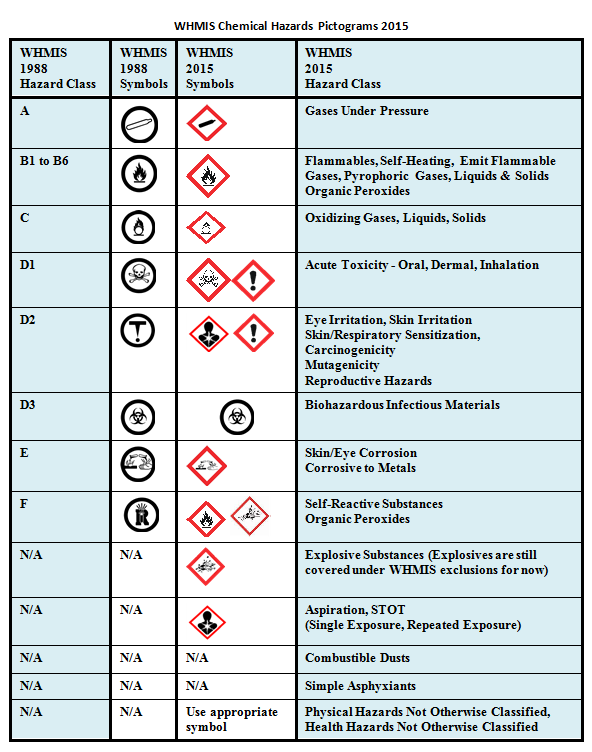
The Difference Between WHMIS 1988 MSDS & WHMIS 2015
Health Canada has aligned the Workplace Hazardous Materials Information System (WHMIS) with the widely recognized Globally Harmonized System of Classification and Labelling of Chemicals (GHS). WHMIS is now referred to as WHMIS 1988 and the updated GHS and WHMIS are referred to as WHMIS 2015. The entire process was completed in 3 phases, with the final phase being completed on December 1st, 2018.
To ensure that your business operations and workers are WHMIS trained and compliant, learn more about our GHS Transition Solutions.
WHMIS 1988 vs. WHMIS 2015 Guide Contents
- December 2022 Update to WHMIS 2015
- Updated WHMIS Pictograms & Hazard Classes
- Optional Environmental GHS Pictograms
- WHMIS 1988 vs. WHMIS 2015 Terms
- WHMIS 1988 vs. WHMIS 2015 Comparison Chart
- WHMIS 1988 vs. WHMIS 2015 Hazard Symbols & Classes
- WHMIS 1988 vs WHMIS 2015 FAQ
December 2022 Update to WHMIS 2015
The final Hazardous Products Regulations (HPR) were published on February 11, 2015 in the Canada Gazette, Part II. The provinces across Canada followed the federal legislation and subsequently rolled out their WHMIS legislation. Employers had to be fully transitioned to WHMIS 2015 by Dec. 1, 2018.
How GHS rev 7 and 8 have changed WHMIS 2015:
In December 2022, WHMIS was amended to align with the 7th revised edition of GHS and certain provisions of the 8th revised edition. For workplaces, the most noticeable changes are the adoption of a new Physical Hazard Class (Chemicals Under Pressure), and the adoption of a new non-flammable aerosol hazard category, and a new subcategory for flammable gases.
-
What do I need to do as an employer? Employers should train employees on the updated Hazard Classes and Categories.
-
What do I need to do as a supplier? If you offer your own WHMIS training, it needs to cover the updated classifications: Flammable Gases, Aerosols, and Gases Under Pressure.
Updated WHMIS Pictograms and their Hazard Classes Overview
Under WHMIS 2015, hazard classes are separated into two overarching groups: health hazards and physical hazards.
Health Hazards |
|||
|---|---|---|---|
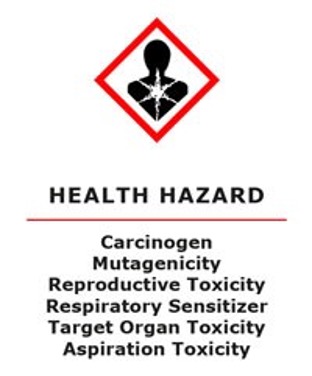
|
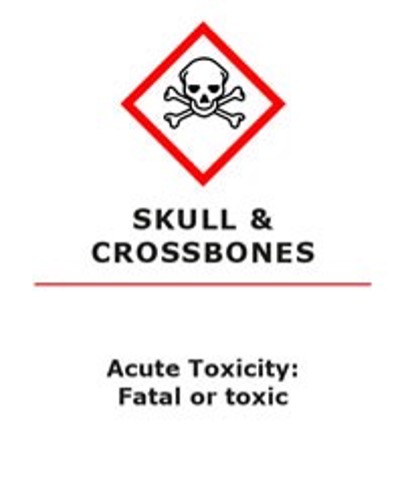
|
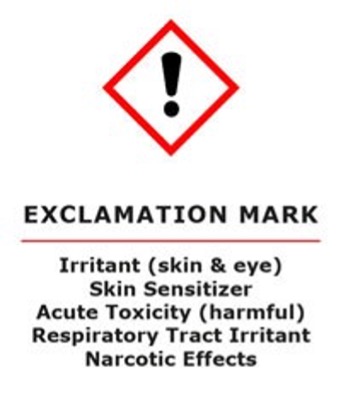
|
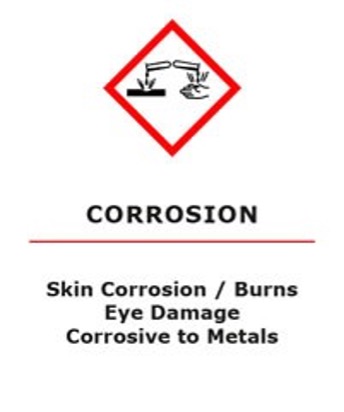
|
Physical Hazards |
||||
|---|---|---|---|---|
|
|
|
|
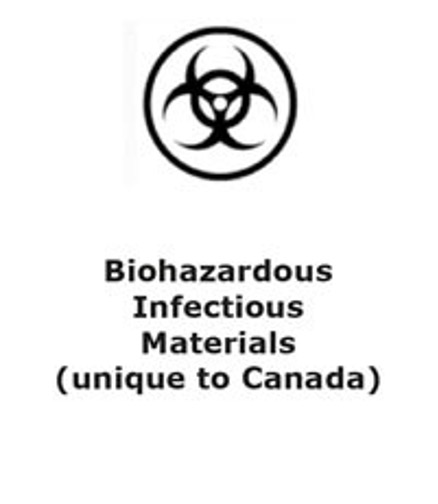
|
Optional Environmental GHS Pictograms
These GHS pictograms were not adopted by WHMIS 2015 but may be seen on labels and SDSs arriving from outside of Canada.

What Changed in WHMIS 2015?
Changes to WHMIS 2015 Include:
-
Ensuring that important material safety information used by workers is easily located on labels and safety data sheets.
-
Adopting internationally recognized methods for classifying hazardous workplace chemicals and providing detailed information on safety data sheets.
-
Ensuring safety data sheets are consistent throughout all suppliers.
-
Improving the visual elements of labels to include easy-to-understand WHIMIS pictograms to identify hazard classes.
-
Updating the layout and format of safety data sheets.
-
Modifying the term “Controlled Products” to the widely used term “Hazardous Products” in order to maintain consistency with federal WHMIS legislation.
-
Distinguishing hazardous products into specific hazard groups: physical hazards and health hazards.
WHMIS 1988 vs WHMIS 2015 Terms
WHMIS 1988 |
WHMIS 2015 |
|
Product Identifier |
Product Identifier |
|
Supplier Identifier |
Supplier Identifier |
|
Symbols (Black Circle) |
Pictogram (Red Square) |
|
Risk Phrases |
Hazard Statement |
|
N/A |
Signal Word |
|
Precautionary Measures |
Precautionary Statements |
|
First Aid Statement |
Included Within Precautionary Statement |
|
Hatched Border |
Not Included |
|
Materials Safety Data Sheets (MSDS) |
Safety Data Sheets (SDS) |
|
Controlled Products Regulations |
Hazardous Products Regulations |
|
6 Hazard Classes |
32 Hazard Classes |
WHMIS 1988 vs WHMIS 2015 (GHS) Comparison Chart
Old System - WHMIS 1988 |
New System - WHMIS 2015 |
 |
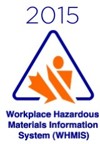 |
| Controlled Products | Hazardous Products |
| Not Applicable |
Signal Word Danger (more serious hazards) |
| Six classes with divisions or subdivisions |
Classification Health Hazard Classes (12 categories) |
|
Material Safety Data Sheets (MSDSs) 9-section format |
Safety Data Sheets (SDSs) 16-section format |
|
Round Hazard Symbols
|
Red Square 45° on a point Pictogram
|
|
WHMIS 1988 Supplier Label
|
WHMIS 2015 Supplier Label
|
|
WHMIS 1988 Workplace Label
|
WHMIS 2015 WORKPLACE LABEL
|
WHMIS 1988 vs WHMIS 2015 Hazard Symbols & Hazard Class Comparison
| WHMIS 1988 Hazard Class | WHMIS 1988 Symbols | WHMIS 2015 Symbol(s) | WHMIS 2015 Hazard Class |
| A |  |
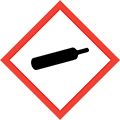 |
Gases Under Pressure, Chemical Under Pressure |
| B1 to B6 | 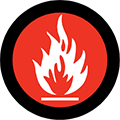 |
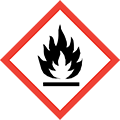 |
Flammables (gases, liquids, aerosols or solids), Self-heating substances and mixtures, Pyrophoric (gases, liquid or solid), Organic Peroxides, Chemicals which in contact with water emit flammable gas |
| C | 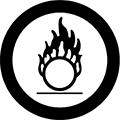 |
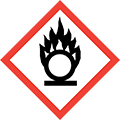 |
Oxidizing Gases, Liquids, Solids |
| D1 | 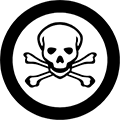 |
|
Acute Toxicity - Oral, Dermal, Inhalation |
| D2 |  |
|
Eye Irritation, Skin Irritation Skin/Respiratory Sensitization, Carcinogenicity, Mutagenicity, Reproductive Hazards |
| D3 | 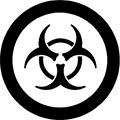 |
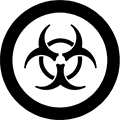 |
Biohazardous Infectious Materials |
| E | 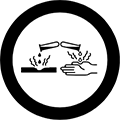 |
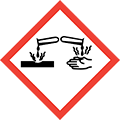 |
Skin/Eye Corrosion, Corrosive to Metals |
| F | 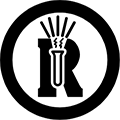 |
|
Self-Reactive Substances, Organic Peroxides |
| N/A | N/A |  |
Explosive Substances (Explosives are still covered under WHMIS exclusions for now) |
| N/A | N/A |  |
Aspiration, STOT (Single Exposure, Repeated Exposure) |
| N/A | N/A | N/A | Combustible Dusts |
| N/A | N/A | N/A | Simple Asphyxiants |
| N/A | N/A | Use appropriate symbol | Physical Hazards Not Otherwise Classified, Health Hazards Not Otherwise Classified |
Need Help with WHMIS 2015 Implementation & Compliance?
Chemscape offers SDS management, SDS authoring, and chemical management software to help organizations implement and comply with WHMIS 2015. Contact us today to learn more about how we can help elevate the level of occupational health standards for your business.
WHMIS 1988 vs WHMIS 2015 FAQ
WHMIS was updated to align with the Globally Harmonized System of Classification and Labelling of Chemicals (GHS) which provides a more standardized approach to hazard communication in Canada. This also enables Canadian workplaces to communicate hazards more effectively with other countries that have adopted GHS.
The purpose of WHMIS 2015’s hazard groupings is to make it easier for workers to identify and understand the specific health hazards associated with a workplace product or substance.
Under WHMIS 2015, supplier labels must show the product identifier and supplier identifier, as well as standardized pictograms, signal words, hazard statements, and precautionary statements.
WHMIS 1988 had six classes of hazardous materials, while WHMIS 2015 has expanded to include three major hazard groups: physical hazards, health hazards, and environmental hazards.
Employers who fail to comply with WHMIS 2015 may result in fines of up to $1,000,000 and legal action due to endangering the safety of their workers.
Suppliers are responsible for providing safety data sheets for hazardous products they sell or distribute.
The deadline to transition from WHMIS 1988 to WHMIS 2015 was December 1, 2018.
Workers should report the issue to their employer or supervisor and avoid using the product until proper labelling is in place.

